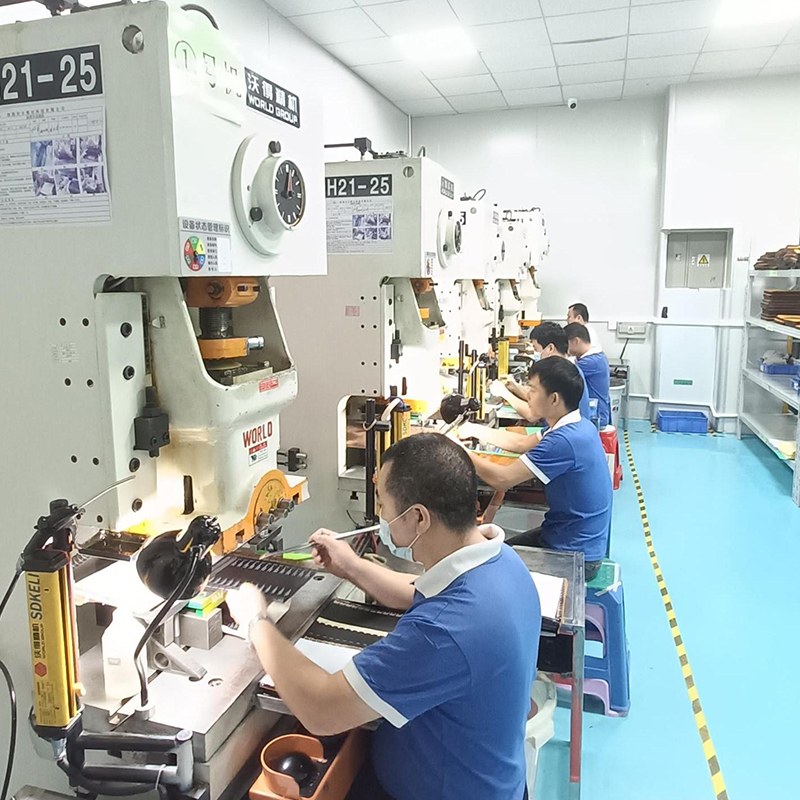Is your rigid-flex board causing unexpected problems with your electronic devices? don’t worry! This blog post highlights the most common failures that can occur in rigid-flex boards and provides practical strategies and best practices for resolving these issues. From opens and shorts to soldering defects and component failures, we cover it all. By employing proper failure analysis techniques and following our expert tips, you’ll have the ability to address these issues head-on and get your rigid-flex board back on track.
Rigid-flex circuit boards are becoming increasingly popular in the electronics industry due to their ability to provide high levels of flexibility, reliability and functionality. These boards combine flexible and rigid substrates to enable complex designs and efficient space utilization. However, like any electronic component, rigid-flex circuit boards can fail. To ensure the reliability and performance of these boards, it is important to employ effective failure analysis techniques. In this blog post, we will explore some common rigid-flex circuit board failure analysis techniques.
1.Visual inspection
One of the first and most basic failure analysis techniques for rigid-flex circuit boards is visual inspection. A visual inspection includes a thorough inspection of the board for any visible signs of damage, such as broken marks, lifted pads, or damaged components. This technique helps identify any obvious issues that may be causing the failure and provides a starting point for further analysis.
2. Scanning electron microscope (SEM)
Scanning electron microscopy (SEM) is a powerful tool used for failure analysis in a variety of industries, including the electronics industry. SEM can perform high-resolution imaging of the surface and cross-sections of circuit boards, revealing detailed information about the structure, composition and any defects present. By analyzing SEM images, engineers can determine the root cause of a failure, such as cracks, delamination or solder joint problems.
3. X-ray inspection
X-ray inspection is another technology widely used for failure analysis of rigid-flex circuit boards. X-ray imaging allows engineers to analyze the internal structure of circuit boards, identify hidden defects and determine the quality of solder joints. This non-destructive testing method can provide insight into the root cause of failure, such as voids, misalignment or insufficient welding.
4. Thermal imaging
Thermal imaging, also known as infrared thermography, is a technology that detects and visualizes changes in temperature. By capturing heat distribution on rigid-flex circuit boards, engineers can identify potential hot spots, overheated components or unusual thermal gradients. Thermal imaging is particularly useful for identifying problems caused by excessive current flow, poor thermal management, or mismatched components.
5. Electrical test
Electrical testing plays a vital role in failure analysis of rigid-flex circuit boards. The technique involves measuring electrical parameters such as resistance, capacitance and voltage at different points on a circuit board. By comparing measurements to expected specifications, engineers can identify faulty components, shorts, opens, or other electrical anomalies.
6. Cross-sectional analysis
Cross-sectional analysis involves cutting and examining samples of rigid-flex circuit boards. The technology enables engineers to visualize internal layers, identify any potential delamination or separation between layers, and evaluate the quality of plating and substrate materials. Cross-sectional analysis provides a deeper understanding of a circuit board’s structure and helps identify manufacturing or design flaws.
7. Failure Mode and Effects Analysis (FMEA)
Failure Mode and Effects Analysis (FMEA) is a systematic approach to analyzing and prioritizing potential failures within a system. By considering various failure modes, their causes, and the impact on board performance, engineers can develop mitigation strategies and improve design, manufacturing, or test processes to prevent future failures.
In summary
The common failure analysis techniques discussed in this blog post provide valuable insights into identifying and resolving rigid-flex circuit board problems. Whether through visual inspection, scanning electron microscopy, X-ray inspection, thermal imaging, electrical testing, cross-section analysis, or failure mode and effects analysis; each technique contributes to a complete understanding of the root cause of a failure. By employing these technologies, manufacturers and engineers can optimize the reliability, functionality and performance of rigid-flex circuit boards, ensuring their success in an evolving electronics world.
Post time: Oct-08-2023
Back







